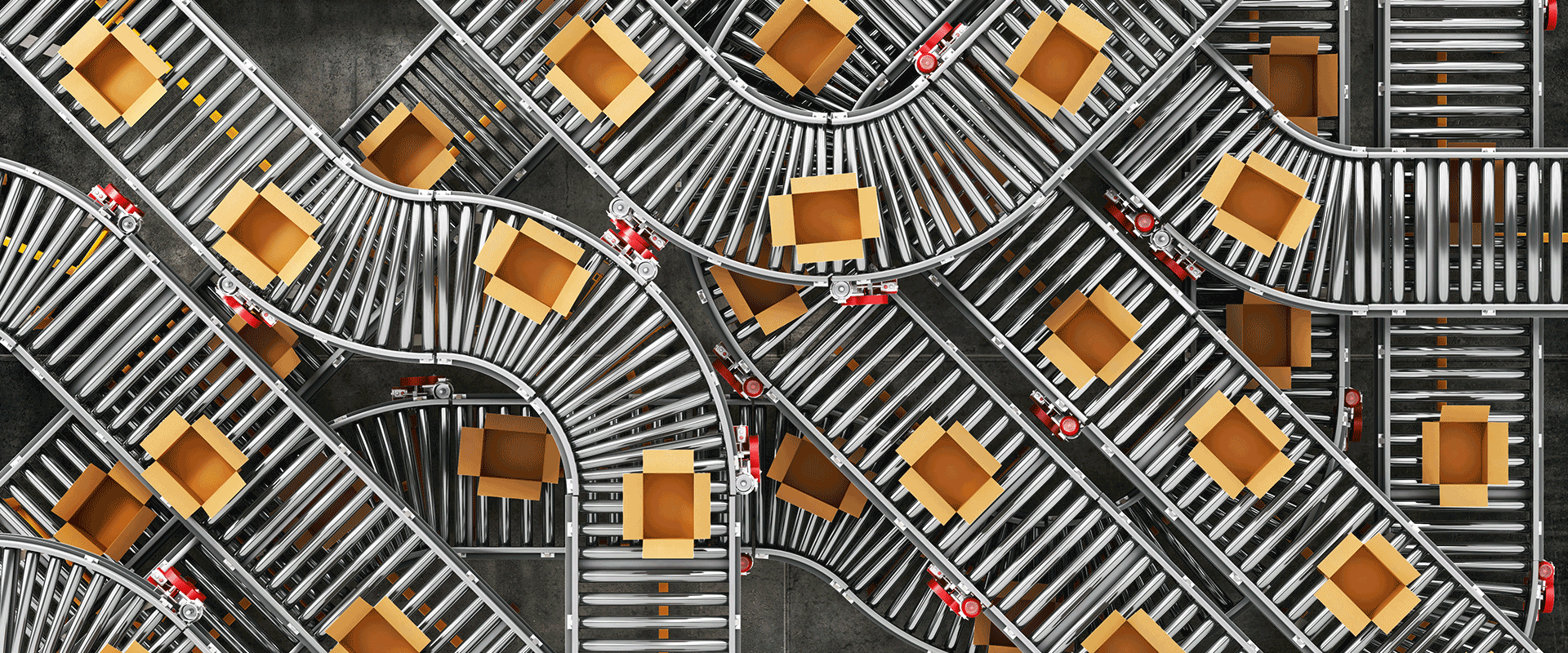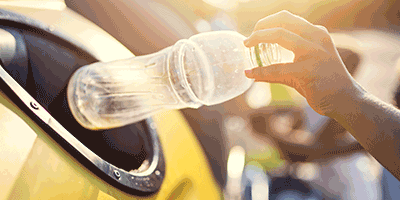
Top 10 Takeaways From The Future of Packaging 2021
- Article

Resilience was the unofficial theme of this year’s virtual The Future of Packaging Conference, which went ahead as scheduled despite the COVID-19 pandemic. In late April and early May, we welcomed approximately 180 packaging executives and investors to a series of lively online discussions with a full slate of keynote speakers and panelists. Presenters and attendees weighed in on a wide-ranging set of challenges and opportunities confronting the packaging sector. Here are 10 takeaways that stood out.
The number of mergers and acquisitions has kept growing through the pandemic, which shows how stable and low beta the packaging sector is. Investor interest is increasing because packaging assets remain resilient to significant downside risk and more “serial winners” are going through multiple value-enhancing exits.
In the mid-2000s, deal multiples averaged eight times earnings. Now multiples stand at 12 times earnings in private markets and about 10 times earnings in public markets.
Private equity participation has also increased — from about 40% of deals to more than 60% — due to aggressive financing, a lot of dry powder and better-managed assets. There’s also an increasing number of interested bidders, including special-purpose acquisition companies, family offices and sovereign wealth funds.
The trading spread between private and public assets has widened. It is possible that public assets in the packaging sector haven’t gotten as much credit for attractive market fundamentals as private assets have.
For example, tamper-evident technology (think labels and pull tabs) is becoming more innovative to address applications in food delivery and grocery packaging. And while plastic has been a hero during the COVID-19 pandemic because of its hygienic properties, other substrates are being added to the range of hygienic packaging products as antiviral coating technology develops.
In addition, there are touchless technologies. These technologies are not necessarily new, but their use on packaging has extended across end markets such as beauty and foodservice. The increased demand has helped boost development and drive costs down.
Ecommerce penetration has continued to grow during the pandemic. There may be some reversion to historical rates, but many believe that elevated ecommerce levels are here to stay.
More ecommerce activity means more warehouses, micro-fulfillment centers and distribution centers. These incremental supply chain touchpoints drive packaging innovations that can show evidence of tampering, maintain freshness, and provide track and trace capabilities.
Near-field communication, or NFC — another technology that’s been around for a while — is becoming more affordable for small to midsize brands through the use of serialized QR codes. NFC makes it possible to test whether a product has been tampered with, yielding marketing, authentication, and track and trace benefits. Innovation could also lead to every packaging product having a digital identity that gives the consumer a view into the environmental life cycle impact of the specific package they’re holding.
Consumer and regulatory pressure is mounting to increase sustainability. Therefore, an exclusive focus on shareholder value is giving way to acknowledging multiple interdependent stakeholders and recognizing that sustainability has become an important goal within an increasingly relevant environmental, social and governance (ESG) agenda. Given waste volumes, the packaged goods and packaging ecosystem is fully exposed to this shift — and sustainability isn’t an issue for the short term.
In the absence of a universally accepted metric for defining sustainability, brand owners are taking a holistic approach. They’re looking at measures such as sustainable sourcing, carbon emission reductions, food waste minimization, logistics/return logistics and end-of-life management. But fixing the lack of pre-competitive coordination among recycling infrastructure programs will require collaboration across all stakeholders: brands, retailers, consumers, converters and regulators. And safety, efficacy and performance remain job one.
A natural tension exists between progress toward publicly stated sustainability goals and the systemwide investment that the effort requires. Even so, according to a Unilever study, brands that have a social/ environmental purpose have three times the growth rate of those that don’t.
They can also have lower costs. Consider resins such as polyethylene terephthalate, high-density polyethylene and polypropylene. The cost of energy for producing recycled versions of these is roughly 90% lower than that of virgin resins.
Some sustainability initiatives will become the price of admission versus a differentiator. That could push brand owners into collaborating with partners to achieve bold sustainability goals they couldn’t realize on their own.
In the future, brand owners will require collection rates that are significantly higher than today. But the scarcity of PCR materials is already driving some converters to vertically integrate in materials recovery facilities.
Part of the collection rate issue is the disparity across the U.S. recycling system. Around 40% of U.S. consumers lack access to recycling. Others must contend with more than 20,000 unique recycling programs that vary by state and municipality. The result is inconsistency in what can be recycled and how.
Examples include mono-materials, biodegradable packaging for high-barrier applications and barrier coatings that can be used on nonplastic substrates such as papers. Recyclable pouches are another innovative product category.
We’re seeing more innovation in other areas as well. One profitable niche is tamper-proof lidding and secondary packaging in food and beverage packaging products, which gained heightened awareness because of the pandemic. Also look for expansion in new customer segments (e.g., tier one versus tier two brands) as well as high-margin and high-growth end markets (such as medical applications). Still another source of value is consolidation in a category or sector to help improve the market structure (e.g., polystyrene containers).
Ready for more ideas? Check out some of our publications on key packaging sector trends. And if you’d like to discuss in greater depth any of the points outlined here, please don’t hesitate to reach out.
